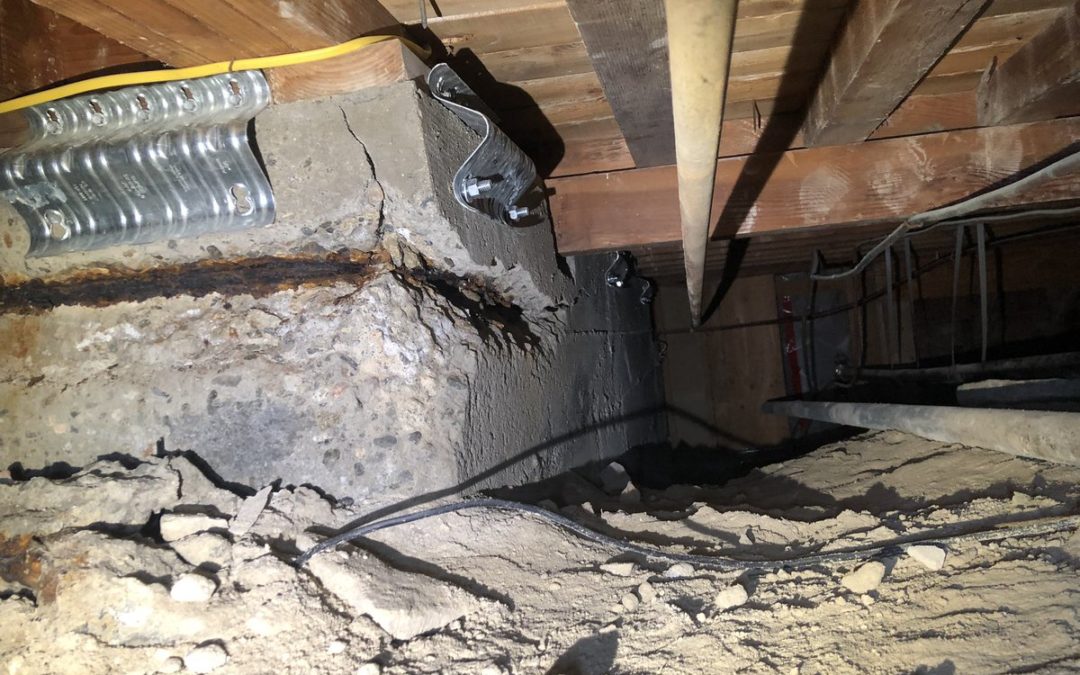Spalling is the process of removing large voids on the surface of the concrete. This is a necessary process to make space for new concrete. Most concrete surfaces experience spalling after extensive use. Spalling can also be caused by weathering or chloride build-up. When the concrete has cooled below the freezing point, it will expand again, causing the void to grow.
Spalling can be very expensive if not repaired properly. If you choose the cheapest repair method, chances are you will need to replace the concrete twice or more. If your repair is not as smooth as you expected, you could end up with an uneven surface that has large voids in it. The best thing to do before hiring anyone to repair your concrete is to have the area inspected for possible structural defects. If defects are detected, then it is best to move on to a different contractor.
Concrete patching is an easy and effective way to sell concrete. This is a cost-effective solution that is beneficial to repair small cracks in concrete and other types of concrete surfaces. Spalling can be performed at any time, anywhere because it is a portable technique. There are no restrictions placed on when concrete can be patched because it can easily be patched when cold, hot, or during the hot season.
Spalling can be carried out in two different ways. The first involves using a patching material that is placed over the hole. The other method uses an injection kit that is used to inject the patching material into the area. Most patching material comes in plastic sheets similar to an adhesive. There are also cases where patching is done with a patching knife instead of using plastic sheets. It all depends on the availability of the concrete patching material and how much work can be completed within the time frame.
The most common concrete patching method involves injecting the concrete mixture through holes that have been drilled into the ground. After the concrete is patched in, it is rolled out and then cut into the required length. This allows the concrete patching contractors to create a precise surface as well as seal the patch for extra durability. Once this is done, it can be placed over spalling material and left to dry.
In addition to repairing cracks and smaller voids, concrete spalling can also be used to repair larger defects. Contractors commonly use it on concrete walkways, patios, driveways, sidewalks, parking lots, and other concrete structures. It is also commonly used to repair basements. In fact, there are specific concrete repair kits that are used for spalling repairs.
Spalling concrete can be carried out by using a variety of patching materials. All the materials can be used in selling projects but there are certain factors that need to be considered before applying them on a concrete surface. These include the size of the hole in the ground, the thickness of the material, the degree of swelling present, and the type of patching material that will be used. A hole should be no more than half an inch in diameter, if there is any sign of cracks in the material then it must be sealed with a spalling compound.
There are many advantages associated with concrete patching. Apart from being cost-effective, it offers the convenience of quick repair of damages. Furthermore, it can also be applied in different shapes and sizes depending upon the requirements. It is important that the patching material used is fire resistant and will not crack when exposed to fire.
There are many techniques used for spalling. One such technique is taping where the concrete is rolled out and the tape is pulled back slightly so that the surface of the material is lifted slightly. This provides a good amount of area for the repair work without disturbing the underlying soil.
Spalling is one of the simplest methods of repairing concrete structures. As the concrete is pulled out of the ground, it is placed over a gap and patched. In addition to providing an area for repair work, this method allows a layer of soil to remain above the patch so that it does not erode.
It is advisable to employ spalling concrete patching when undertaking any kind of construction or repair work on concrete. This method ensures that the holes are sealed prior to anything else. If the process is carried out correctly, then there will be no risk of the hole filling up with water, which can cause structural problems. It also ensures that the materials will have a solid and firm backing. Any kind of hole can be filled but the chances of doing so are far greater in the case of holes that have been spalled.

